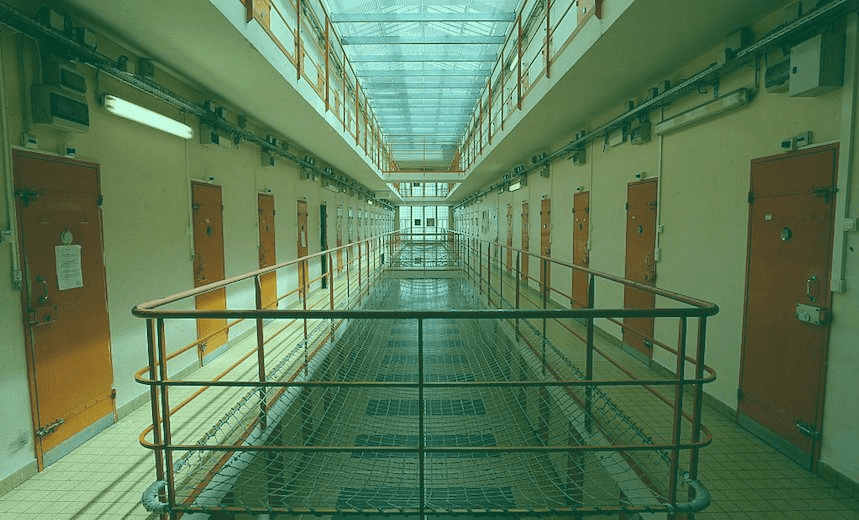An Ombudsman’s report revealed some serious issues with the use of tie-down beds in New Zealand’s prisons. What it didn’t show was that their use amounts to torture, says Corrections Chief Custodial Officer Neil Beales.
Roger Brooking’s opinion piece published on The Spinoff yesterday says that prisoners are tortured in New Zealand. He is wrong: they are not.
At no time has the Ombudsman ever made any finding of torture in New Zealand prisons. Mr Brooking’s interpretation of the Ombudsman’s findings with regard to the Optional Protocol to the Convention against Torture is incorrect.
Last month the Chief Ombudsman released his report into the care and management of prisoners at risk of self-harm. The report outlined five incidents where tie down beds or waist restraints were used as part of the management of severely at-risk prisoners over the period July 2015-June 2016. One of these five cases was for a prolonged period of 37 consecutive nights. When our Chief Executive Ray Smith became aware of this he took immediate steps to review the policy and practice relating to the use of tie down beds, and commissioned a review by our Chief Inspector into the circumstances. A summary of that review is available on our website here. Of the five recommendations made in that report, three have been completed and work is underway on two.
Corrections staff do an incredibly difficult job with some of the most challenging and complex prisoners. They have obligations to public safety, the safety of their colleagues and the welfare of prisoners that can at times lead to stark choices with very limited options.
The use of a tie down bed is a last resort for some prisoners with extreme and prolific self-harming behaviour who don’t qualify to be admitted to a forensic mental health unit. This level of self-harming can include people tearing open their stitches, putting objects or faeces inside their wounds, and attempting to inflict serious physical injuries upon themselves. If Corrections was not able to use a tie down bed, in cases of extreme self-harm, the risk of self-harm and even death among these prisoners would be increased.
Over the last three years only 12 prisoners have been restrained on a tie down bed. This is a tiny proportion of the more than 7,000 prisoners who have been through an At Risk Unit, and the 25,573 individual prisoners who were managed by Corrections during that time. During this time, no prisoner who was considered to be “at risk” and was held in an At Risk Unit has died as a result of suicide or self-harm.
We have accepted that mistakes were made in the use of the tie-down bed. Its use crept from being a last-option to a tool for managing the prisoner’s health and complex behaviours. There were also some inappropriate behaviours exhibited by two staff that were a failure of integrity on their part, and not representative of the efforts of the thousands of corrections officers who work in our prisons every day of the year. The matters were fully investigated and action was taken.
Further improving prisoner access to mental health services is a key focus for Corrections. An increasing number of prisoners have some form of mental illness. Nearly 91 percent of prisoners have a lifelong diagnosis of a mental health or substance abuse disorder, with 62 percent having some issue in the last 12 months. All offenders are screened for drug and alcohol issues and mental health problems when they enter prison and we have a range of preventative measures in place to help reduce the rate of suicide and self harm.
We have also developed a comprehensive plan to address the increasing demand within prisons for access to mental health services. The plan includes the $300m redevelopment of New Zealand’s maximum security facility (due to open in early 2018) to better respond to the most forensically challenged prisoners; an investment of $14m in mental health services delivered by teams of contracted mental health workers working in our prisons; social workers and counsellors in women’s prisons to equip women to better cope in prison and on release; and a new approach to managing prisoners “At Risk” to ensure not only safety is achieved but an improved investment in therapeutic treatment.
For further context, readers may be interested in this video about At Risk Units and the use of restraints in prisons.
https://www.youtube.com/watch?v=bC0ubV8sEoA&feature=youtu.be
The Society section is sponsored by AUT. As a contemporary university we’re focused on providing exceptional learning experiences, developing impactful research and forging strong industry partnerships. Start your university journey with us today.
